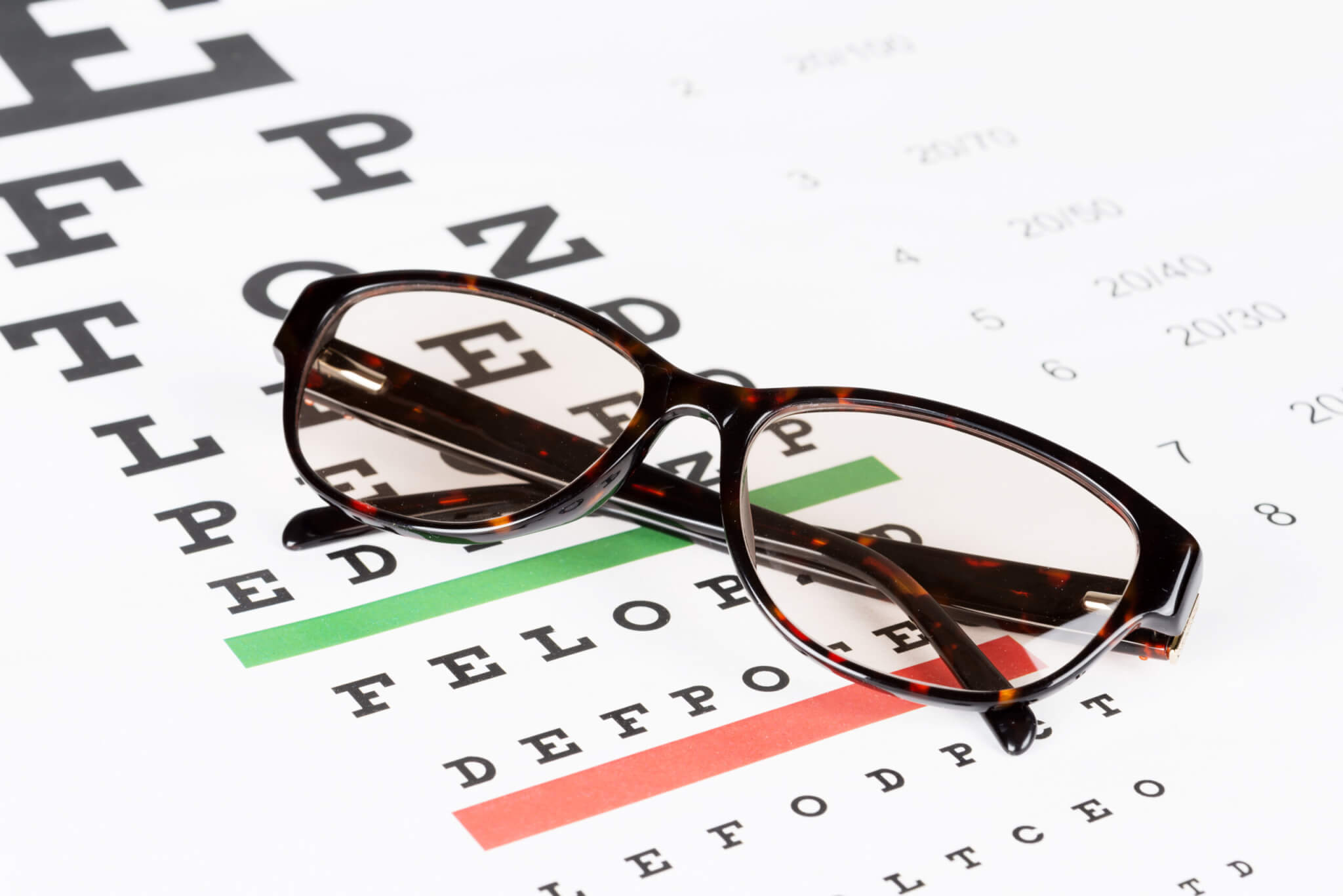According to an article that appeared on the Compare the Market website in March 2024, the top ten causes of road traffic accidents in Great Britain are:
- Driver/Biker/Rider error or reaction
- Driver/Biker/Rider failed to look properly (before turning, setting off, etc)
- Driver etc, inexperience (or behaviour)
- Injudicious action – e.g., displaying a lack of judgment in exceeding speed limits or ignoring other rules of the road.
- Driver, being in a hurry, driving without due care or reckless driving.
- Driver misjudges another person’s speed (e.g., pulling out of a side road or at a junction).
- Impairment or distraction – this includes driving under the influence of drugs or alcohol, having impaired vision, or getting distracted by a mobile phone.
- Road environment – the state of some roads can contribute to motor accidents: potholes, oil spills, and missing or defaced road signs.
- Loss of control of vehicle or bike whilst travelling
- Poor execution of a turn or other road manoeuvre
Poor eyesight, or impaired vision, as a factor in road traffic accidents appears in the list above at number seven, sandwiched between what are considered the most anti-social causes or contributory factors in road traffic accidents – drug/ drunk driving and using a non-hands-free mobile phone whilst driving.
Responsible driver/riders pride themselves on their driving skills and judgment whilst on the road. Equally, they wouldn’t dream of driving whilst under the influence of alcohol or drugs.
So, why do so many otherwise responsible drivers give scant thought to whether their eyesight is up to scratch or not unless they suffer a specific eye injury or develop a medical condition in their eyes?
The general recommendation is that everyone should have their eyes tested every two years, but how many drivers/riders who wear prescription glasses or contact lenses let it drift and end up not getting their eyes tested in five years or more or at all?
According to an article in the Daily Express in late 2023, most UK drivers fail to follow the guidance to have their eyes tested every two years, and an astonishing 50% of those surveyed said they had never had their eyes checked!
How many road accident casualties are caused by drivers with poor eyesight every year?
According to RoSPA, the charity that campaigns to prevent accidents and serious injuries, in 2022, there were 176 motoring accidents in which ‘uncorrected, defective eyesight’ was reported as a contributory factor. However, it’s estimated that approximately 1.8 million people in the UK have vision below the required driving standard. This figure is expected to reach 4 million by the year 2050. The road safety charity Brake has estimated that 2,900 road traffic accident casualties a year result from poor driver eyesight.
What are the rules relating to ‘standards of vision for driving’?
The Gov.UK website sets out the ‘driving eyesight rules, such as they are, as follows:
- Drivers must be able to read, with contact lenses or glasses, a car number plate from 20 metres away. This is the test that is part of the driving examination.
- They must also have a minimum visual acuity (clarity of vision) of 0.5, as measured on the Snellen Scale.
- Drivers must also have an adequate field of vision.
The minimum requirements are higher for lorry and bus drivers.
Whose responsibility is it to check whether drivers meet the ‘standards of vision for driving’?
The DVLA and DVA bear legal responsibility for deciding if someone is fit to drive. Drivers are responsible for informing the authorities if they do not meet the required vision standards for driving! Even employers are not legally obliged to provide eye tests for drivers who drive as part of their work duties.
However, the Health and Safety (Display Screen Equipment) Regulations 1992, do require employers to provide free eye tests for their employees who use display screen equipment – but only if the employees ask for them!
The Railway Group Standards provide minimum near and distance vision standards for all Network Rail employees. Train companies pay for their drivers’ glasses ( and a spare pair). However, there are no equivalent rules for those who drive motor vehicles for a living.
So, at present, road safety as it relates to drivers meeting the required vision standard relies on drivers informing the authorities if they believe their eyesight doesn’t meet the required standards. As we have seen, most drivers don’t follow the guidance to get their eyes tested every two years, and 50% have never had eye tests.
Cassie’s Law
Cassie McCord, aged 16, was the victim of a fatal accident in 2011, when 87-year-old Colin Horsfall lost control of his car in Colchester, Essex, mounted the pavement and struck Cassie at speed. Mr Horsfall hit the accelerator instead of the brake. Sadly, Cassie died in hospital three months later from her injuries.
Mr Horsfall failed a police eyesight test only days before the accident. Three days before his car struck Cassie, Mr Horsfall was involved in a minor road traffic collision, after which he failed an eye test provided by the police. Officers spent several hours trying to persuade Mr Horsfall not to drive again, but they had no powers to suspend his licence.
Cassis’s Mother, Jackie, campaigned for an instant ban on drivers who fail eye tests and as a result of her efforts, Cassie’s Law was introduced in 2013.
Since its introduction, Police Officers now have the power to request an urgent revocation of a licence through the DVLA should they believe other road users safety will be at risk if the driver remains on the road. Police can contact the DVLA immediately after a failed roadside eye test, meaning the license can be revoked within minutes.
Since Cassie’s Law was introduced, hundreds of licenses have been revoked following roadside tests.
National Road Safety Campaign Introduces Roadside Vision Screening
The South Wales Argus was just one of a number of regional newspapers from around the country to report that a national police initiative is running from 28th October until 10th November 2024 to improve road safety by carrying out roadside eyesight checks.
Drivers who fail the check may face fines of up to £1000, penalty points or disqualification.
It’s hoped that the campaign will help to reinforce the importance to drivers of getting their eyes tested to ensure they are still fit to drive.
The two-week initiative forms part of the National Police Chiefs Council’s Operation Dark Night campaign. Vulnerable road users: pedestrians, horse riders, cyclists, and motorcyclists are harder to spot during the autumn and winter months, making it even more imperative for motorists to ensure their vision meets the standard required by law.
Mooneerams Solicitors are experienced personal injury solicitors, specialising in road traffic accidents, accidents at work and public liability accidents. They can be contacted on 029 2199 1927 or by using the contact form on this page.
Posted in Personal Injury Claims, Road Traffic Accidents









